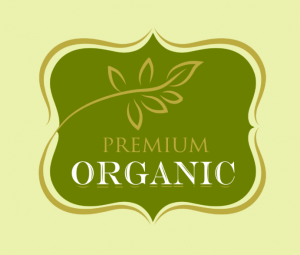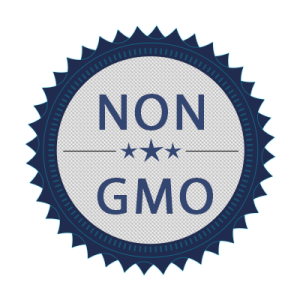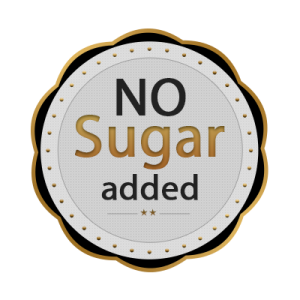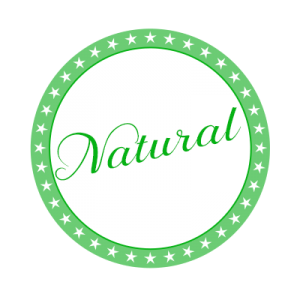Supermarket Label Tips
![]()
Walking the aisles of a store or market can sometimes feel like a minefield of hype. From food to personal care to household cleaners, products practically shout from signs and labels: Sustainably grown! Bleach free! Proudly made in the USA! (And that’s just to name a few.)
Marketers know how to get your attention, that’s for sure. But do you ever wonder how much of what’s claimed on those packages is real—or even whether the selling point du jour is something that actually matters?
You’re not alone in your uncertainty. Let’s clear up some of that confusion by taking a closer look at a few of the most common product labels.
 “Organic”
“Organic”
Organic production uses clean, sustainable methods that have a light impact on both the environment and your health.
These cleaner products sometimes require more land or more hands-on labor to make, so that’s why organic often costs a bit more. These items also may have a shorter shelf-life and have an imperfect appearance because they lack unnatural preservatives, but I truly believe avoiding damaging and questionable substances is worth those small inconveniences.
If you see “organic” on a label, you can buy confidently because this claim is strictly regulated. Most any organic product will also proudly bear an official USDA seal certifying it’s the real deal, not just marketing buzz. So, eat up, dress up, or lather up with your favorite organic purchase—and enjoy it to the fullest!
 “Non-GMO”
“Non-GMO”
GMOs, or “genetically modified organisms,” are not simple hybrids like those that have been encouraged in breeding nurseries and in the wild for eons. In GMOs, genes are manipulated directly, using methods nature does not. Bits of DNA code may be purposely reversed or even mingled from unrelated organisms to achieve a desired characteristic. Yes, that sometimes means GMO mixes the DNA of virus plus vegetable, or animal plus plant….weird and scary, right?
Unfortunately, GMOs are now quite common. Most of the modern world’s canola, cotton, soy, and corn crops are GMOs—and a great many processed foods contain these ingredients. Unless you find a seal for “Non-GMO Project Verified,” you may assume any unrefrigerated, inexpensive cookie, sauce, cereal, soup, bread, dressing, cracker, etc., is made at least in part from GMOs.
But there’s good news: Dozens of colorful, nutrient-packed, non-GMO fresh and frozen choices abound because GM is not so common among produce. Papayas, summer squashes, sweet corn, and potatoes may be produced from GM stock, and a GM apple is set to be released this fall—but that’s about it. Your mother was right—eat your fruits and veggies!
Another tip: GMOs are not allowed in organic production. So, you’ve covered both bases if you simply make it a rule to shop for certified organic.
 “No added sugar”
“No added sugar”
That’s great, right? After all, excess sugar contributes to all sorts of wellness issues from simple inflammation to chronic diseases.
Just be aware that “no added sugar” is not the same as “no sugar at all.” Sugar occurs naturally, without having been put there, in many healthful foods including fruits and vegetables. If you’re watching your sugar intake especially carefully, that matters.
Know, too, that on some products, “no added sugar” just means that sugar substitutes such as aspartame or stevia have been mixed in instead. If you don’t care for heavy sweetness, your taste buds will be disappointed with such a food. Check the label for ingredients.
 “Fat-free”
“Fat-free”
Reject the notion that all fat is bad. While it’s true that saturated fats should be used sparingly, and trans-fats are best avoided altogether, some other fats are quite desirable.
The second problem with this label is, it only tells you what isn’t there—not what IS. Fat tastes good. Once that fat has been stripped out, something else is often added to make that food appealing again…something like more sweetness (see above!), salt, colorings, or those mysterious “flavor enhancers.” My take? “Fat-free” is more often a red flag than a selling point.
 “Natural”
“Natural”
Critical thinking is in order here—apply it liberally! If you think about it, a great many things that are 100% natural are not good for us. (Poison ivy or snake venom, anyone?)
Ask yourself, What are your individual needs, sensitivities, and preferences? “Natural” is nice but doesn’t make nuts or strawberries a wise choice for people with allergies. Honey is natural, but it’s also a sugar, best used in limited amounts. One common natural food dye, carmine, is in fact made of ground insects…(gag) seriously.
In other words, your good judgment is a much better yardstick of an item’s value than any splashy label on the package. And that’s true not just for “natural” but also for many other attractive labels. Think past the hype—I’m betting you have more savvy in this area than you realize!
A dedicated alternative health care practitioner, health and wellness coach, speaker, author, and licensed acupuncturist,
Roberta Mittman is the founder of the Park Avenue Center for Wellbeing. She serves the New York City area as well as those from around the world who connect with her for guidance to reach healthy, happy, and richly rewarding lives. Roberta specializes in guiding women over 40 to quickly and elegantly feel and look trim and vital so they have more time and energy to spend finding happiness, love, and abundance. Her magic: the perfect, holistic blend of East and West. A self-proclaimed chocolate enthusiast, she’s also the author of Ultimate Wellness: The 3 Mental Shifts You Can Use to Change the Course of Your Health Right Now.
Visit her web site: www.robertamittman.com/

 “Organic”
“Organic” “Non-GMO”
“Non-GMO”  “No added sugar”
“No added sugar” “Fat-free”
“Fat-free” “Natural”
“Natural”